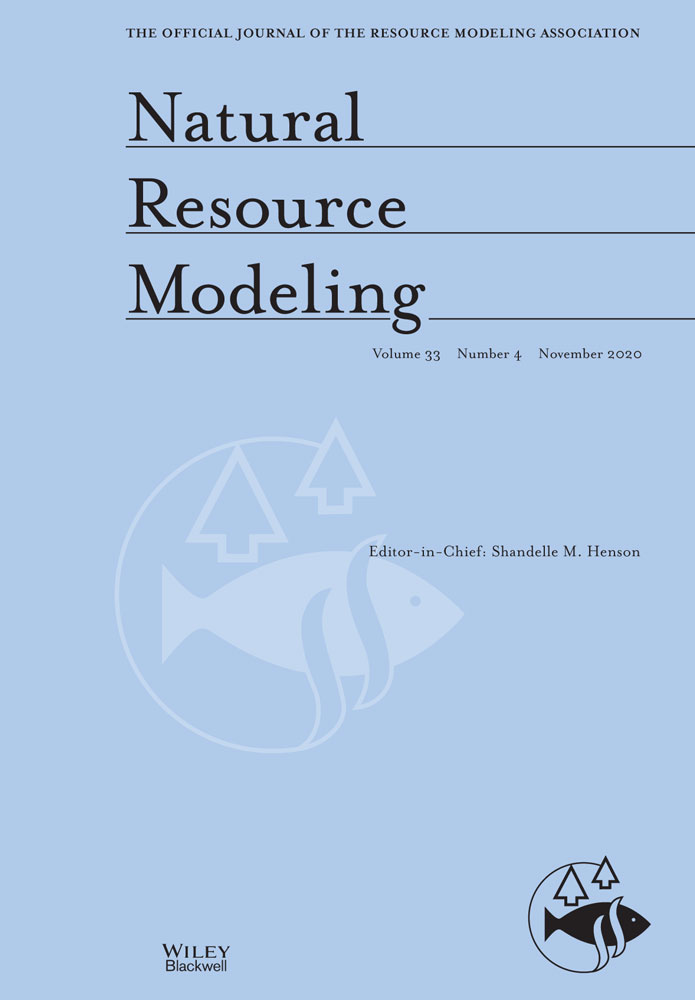A mathematical model for the control of swimmer's itch
Abstract
Swimmer's itch is an emerging disease caused by flatworm parasites that often use water birds as definitive hosts. When parasite larvae penetrate human skin they initiate localized inflammation that leads to intense itching. Concerns about this issue have been growing recently due to an apparent increase in the global occurrence of swimmer's itch and its subsequent impacts on recreational activities and associated revenues. Past study has identified the common merganser as a key definitive host for these worms in the United States; a number of snail species serve as intermediate hosts. Although previous attempts at controlling swimmer's itch have targeted snails, a handful of efforts have concentrated on treating water birds with the anthelmintic drug, praziquantel. We construct a mathematical model of swimmer's itch and its treatment within the infected merganser population. Our goal is to identify merganser treatment regimes that minimize the number of infected snails thereby reducing the risk of human infections. Optimal control of bird hosts is defined analytically and we include numerical simulations assuming different resource-allocation strategies. Results from the study may help identify treatment protocols that lower merganser infection rates and ultimately reduce the occurrence of swimmer's itch in freshwater systems throughout the Midwest.
Recommendations for Resource Managers
-
Regardless of the time and monetary resources available, praziquantel treatment frequency should increase as mergansers arrive on the lake with continued treatments (albeit at reduced levels) until the end of the residency period.
-
Allocating plenty of resources towards the treatment of mergansers predicted a sharp drop in infected birds, which then remained close to zero throughout the remainder of the residency period. This approach reduced schistosome infection in mergansers and kept snail infections within the idealized range during times of peak recreational activity. Consequently, human cases of swimmer's itch would be expected to be low to nonexistent. Furthermore, our treatment-longevity computation suggested that subsequent praziquantel dosing would not be required for a number of years.
-
Under more limited resources, the number of birds treated per day was much smaller throughout the residency period; however, even under these circumstances (which equated to treating approximately one bird every 5 days), simulated infected merganser densities were reduced to the point where snail infections remained below epidemic levels through to the end of the recreational period. Treatment longevity was shorter compared with the high-resource option, but still extended 122 days into Season 2 (posttreatment).
-
We also used our model to investigate situations where lake managers and/or federal agencies might be taxed in terms of the time available to continuously treat mergansers on a given lake. An individual scientist may only have a single day (or two) to dose birds, rather than continuously administering praziquantel throughout the birds' residency period. If <77% of the total number of arriving birds can be treated in a single day, we recommend praziquantel administrations when the number of mergansers reaches the maximum that can be successfully treated. In addition, model simulations demonstrate that if managers are able to treat a large number of birds, they should wait until the end of the migration period.




